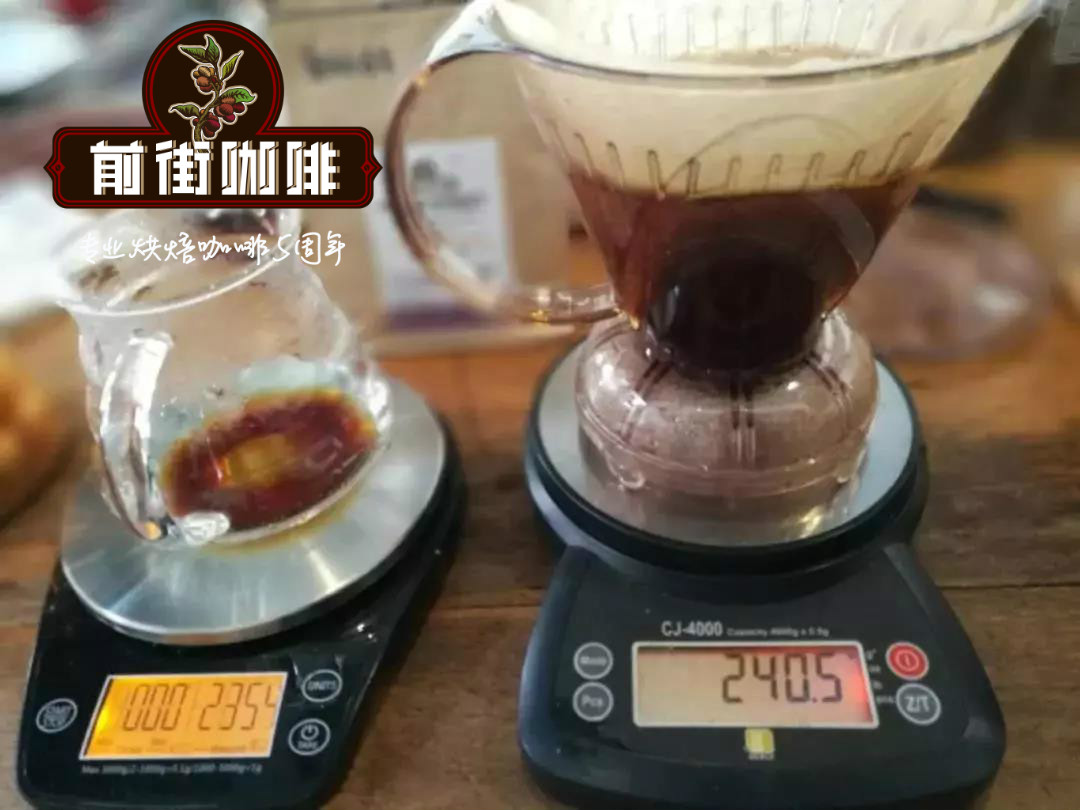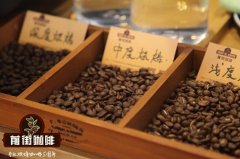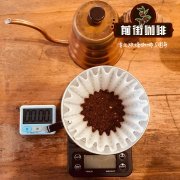How much do you know about Manning's unique wet planing?

For information, please follow the coffee workshop (Wechat official account cafe_style)
In the world of boutique coffee, Manning Coffee refers specifically to Arabica produced by Lake dopa and Lake Acitava in Sumatra. Manning Coffee is low sour, low sweet and high mellow. it is praised for its spicy taste and wild flavor. Soil, water and varieties are the main reasons for its special flavor, and the unique "wet planing method" of Sumatra has the greatest influence on its flavor.
The wet planing method is different from the general pre-processing method, in which the seed shell (parchment) of washing, honey treatment and sun-drying beans is retained until the bean body is dehydrated and hardened, and the moisture content is reduced to 12%, or sealed and stored for 1-3 months after ripening, before grinding off the seed shell. However, the wet planing method is still wet and soft, and when the moisture content is as high as 30%-50%, the seed shell is first shaved off, and then continue to dry, so that the moisture content of coffee beans can be dried to 12% 13% in only two to four days.
The emergence of wet planing method is closely related to the local climate. Sumatra has a humid climate, while the traditional three major treatment methods have high requirements for sunshine conditions. As a result, local coffee farmers invented a unique wet planing method according to local conditions.
Wet planing step by step
1. Peel the coffee fruit, put the shell beans into a vat or sink filled with water, and remove the defective shell beans floating on the liquid surface.
2. Wash the dense shell beans sunk to the bottom of the water slightly, put them into a bucket or plastic bag, and do a little dry body fermentation, that is, to ferment and flavor the pectin sugar on the surface of the seed shell. Basically, the longer the fermentation time, the more sour. Fermentation time varies from person to person, generally only a few hours, but there are manors omitting the dry body fermentation stage, direct exposure with shell beans, can always be sour and improve the sticky taste.
3. When the beans with shells are exposed to the sun for one or two days, the moisture content of the bean body is 30% 50%, and the bean body is still semi-hard and semi-soft. Wipe off the seed shell with a shell planer to speed up the drying process, and the moisture content is 12% 13% in about two days, which is about four days.
Characteristics of wet planing method
The wet planing method greatly shortens the drying time, and the fermentation period and sour taste of coffee beans are greatly reduced, but the thick thickness increases, with obvious caramel and fruit aromas, with slightly woody and herbal flavours. This is the classic "regional flavor" of Sumatran coffee.
The wet planing method also allows the beans to come into direct contact with the air because the seed shells are removed in the production process, and the chances of coffee beans being contaminated by molds and fungi are also greatly increased. Improper management and control in the production process may cause coffee beans to be boring or have a bad flavor, and defective beans such as moldy beans are much higher than the widely used methods of washing and tanning.
Important Notice :
前街咖啡 FrontStreet Coffee has moved to new addredd:
FrontStreet Coffee Address: 315,Donghua East Road,GuangZhou
Tel:020 38364473
- Prev

Yellow honey, red honey, black honey processing difference in which kind of processing method is better to drink black honey processing flavor
Professional coffee knowledge exchange More coffee bean information Please pay attention to coffee workshop (Weixin Official Accounts cafe_style) Yellow honey, red honey, black honey processing, where is the difference? When you buy honey treated coffee, you usually have yellow honey, red honey, black honey these choices, you may also have heard of these honey treatments to retain the percentage of pectin layer, and what exactly does this mean? coffee
- Next

Yejashaffe is a small town. Yega Chuefei grows coffee beans, which are washed with water.
Professional coffee knowledge exchange more coffee bean information please follow the coffee workshop (Wechat official account cafe_style) Yega Xuefei is a small town, 1700 meters above sea level, is also synonymous with Ethiopian boutique beans. It has been a wetland since ancient times, and the ancient saying [yirga] means [settle down], and [cheffe] means [wetland], so [Yejia Xuefen] means [let me].
Related
- What is the meaning of lactic acid fermentation with coffee bean treatment?
- How to judge the state of foam by sound?
- How does the latte pull out the unicorn pattern? Come to get for a little trick to improve the flower pull!
- Will flower pulling affect the taste of the latte?
- Do you know the history of coffee?
- The difference between honey treatment and sun washing what is raisin honey treatment?
- What kind of milk can a novice use to make coffee foam to keep the foam longer? The correct method and skills of milking tutorial sharing
- Why do washed coffee beans taste sour? Flavor characteristics of washed Coffee
- Introduction to the skill of how to practice the size and height of water injection around the circle of hand-brewed coffee
- How do beginners practice coffee flower drawing from scratch?

